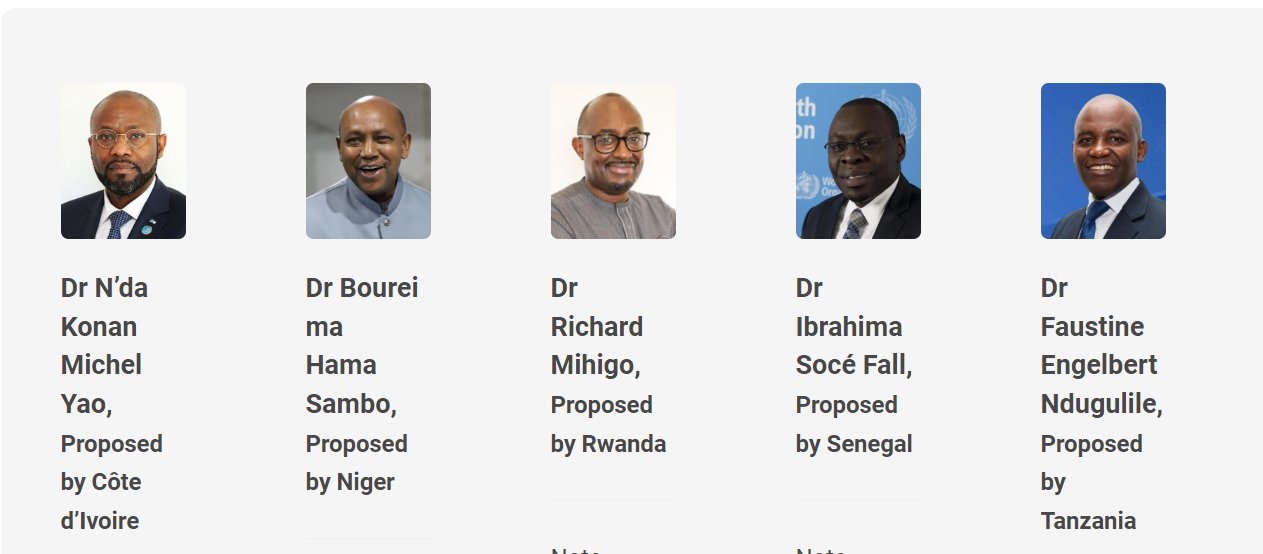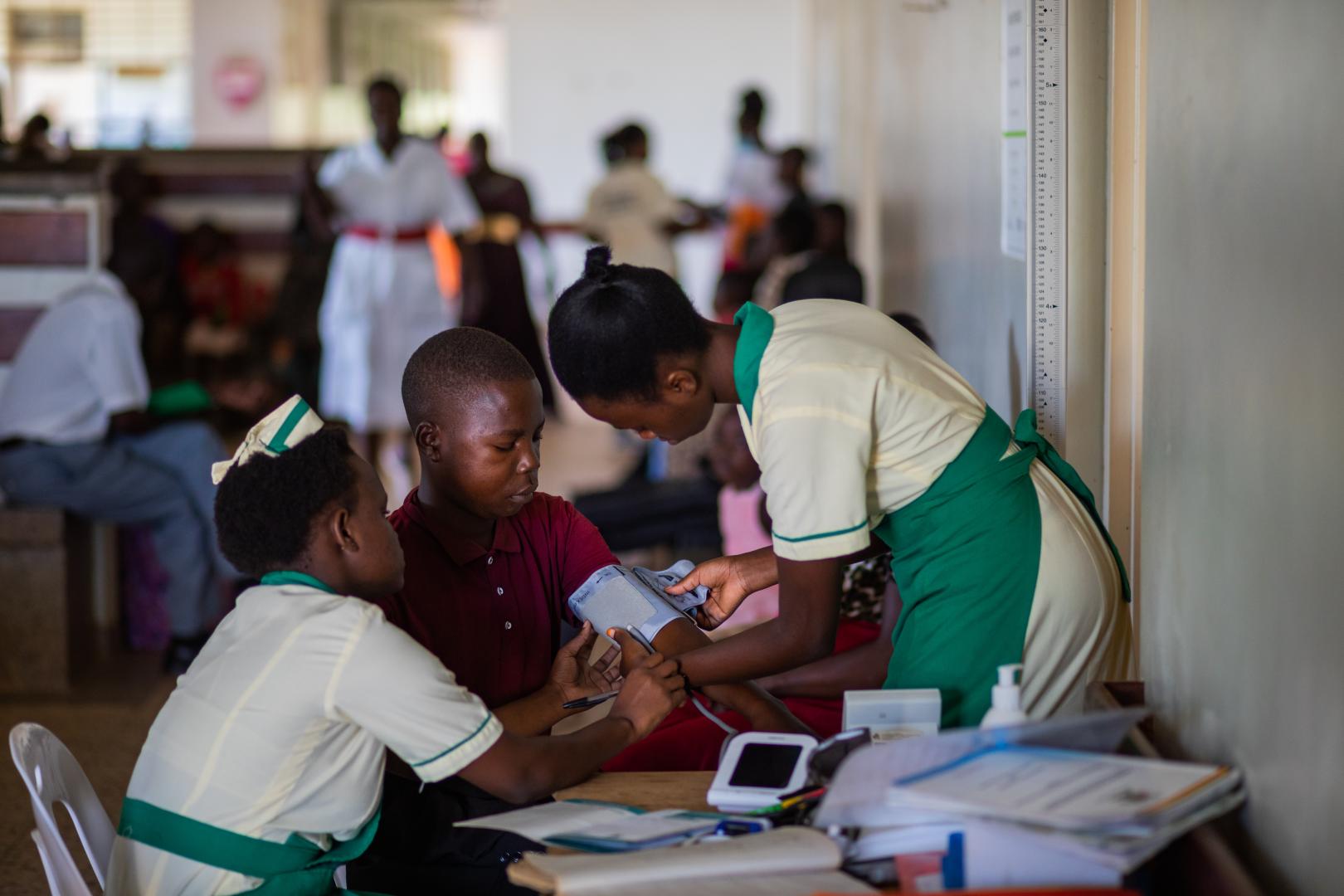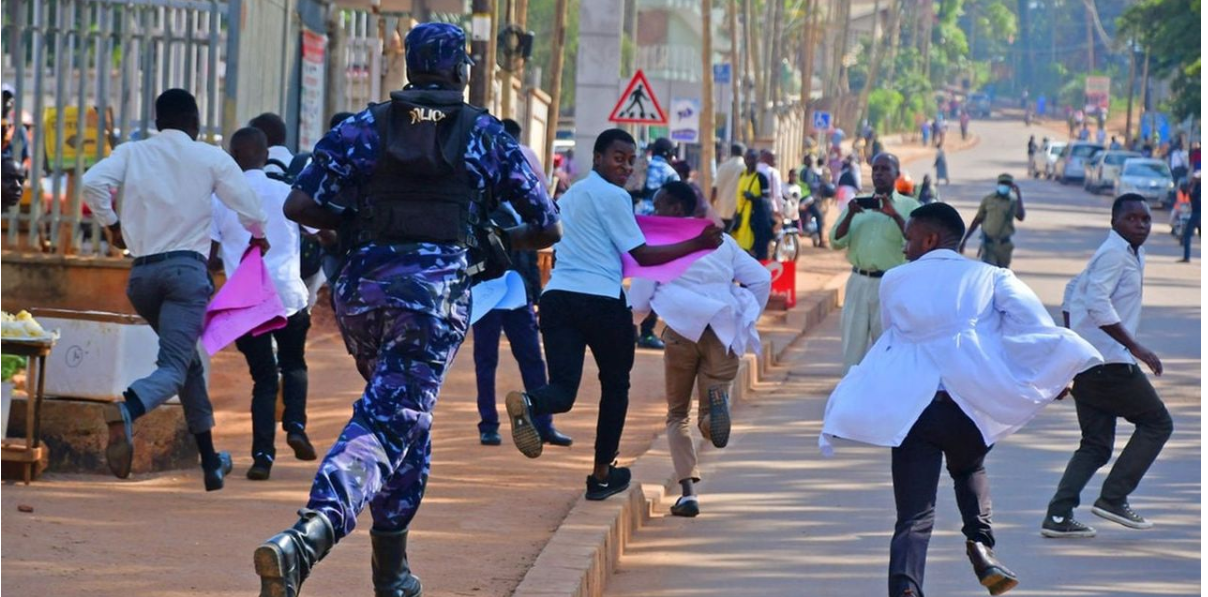Two Tanzanian-developed technologies, Mkono-1 and Tokomeza PPR, made it to the top winners’ list at the inaugural African Youth in Artificial Intelligence and Robotics Competition which took place in Dar es Salaam last week.
Mkono-1, a locally developed, 3D-printed prosthetic hand whose engineering was led by a Tanzanian Biomedical Engineer and Medical Doctor Atish Shah, was awarded as “best Artificial Intelligence and Robotics Healthcare Solution.”
In agriculture, the winning project, also from Tanzania is Tokomeza PPR, an AI-assisted solution for eliminating PPR, a disease affecting sheep and goats.
The competition, which attracted over 1000 entries from across Africa, highlighted the continent's growing talent in emerging technologies, with 30 finalists shortlisted, and only 4 winners being chosen.
The Cerebro Project from the Democratic Republic of Congo, which developed a brainwave control system for robotic devices was the first winner.
Then a sign language detector project from South Africa, designed to enhance communication for deaf and hard-of-hearing individuals, was the third winner.
Mkono-1:
This works by amplifying the electrical impulses of the amputated limb’s muscle tissue, enabling users to move the hand and regain some of their independence.
Across Africa, as little as 17% of people with amputations can afford prosthetics or rehabilitative devices. This is due to a combination of factors, including high costs, limited access to healthcare, and lack of awareness about available options.
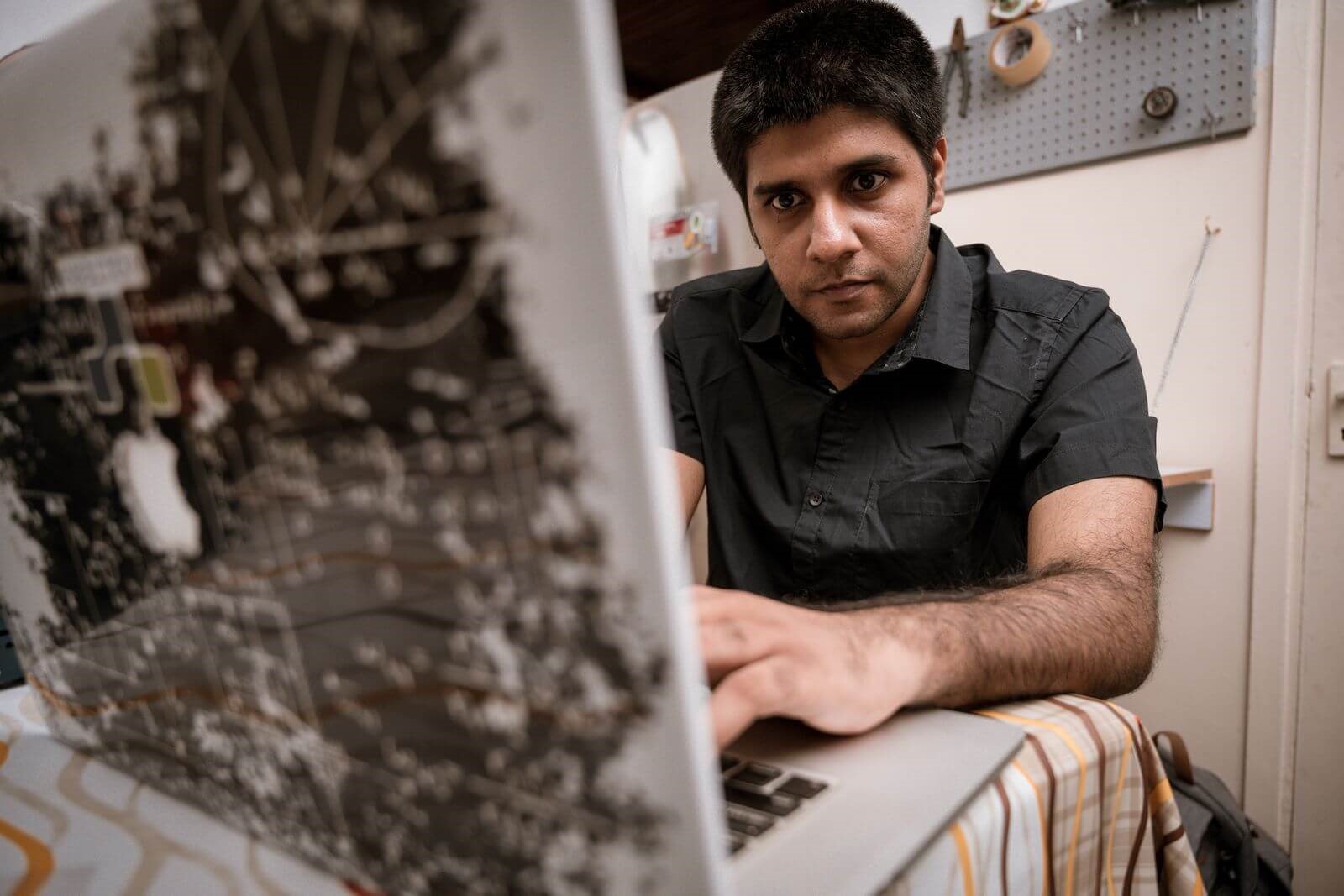
“We found that the communities most likely to suffer major injuries like amputations are often those who can least afford prosthetics,” explained Dr. Shah.
“Mkono-1 is our first step in providing more affordable options to people with mobility challenges, and we hope it will significantly change their lives,” said the innovator.
The device is powered by a simple mobile phone battery, making it highly portable and convenient for users. It is also designed to be durable and require minimal maintenance, ensuring long-term usability.
Dr. Shah says the Mkono-1 team is currently exploring ways to incorporate artificial intelligence and machine learning algorithms to enhance the hand’s responsiveness and functionality. They also plan to expand their market reach to other parts of East and Central Africa.
Tokomeza PPR:
PPR, or Peste des petits ruminants (PPR), is a viral disease, caused by a morbillivirus closely related to rinderpest virus, which affects goats, sheep, and some wild relatives of domesticated small ruminants, as well as camels. Tokomeza PPR is an AI-powered tool designed to combat the deadly and contagious disease.
Developed by researchers from the Nelson Mandela Institute of Science and Technology, Tokomeza PPR assists in predicting PPR outbreaks and monitoring high-risk areas, allowing for targeted interventions to control the disease more effectively.
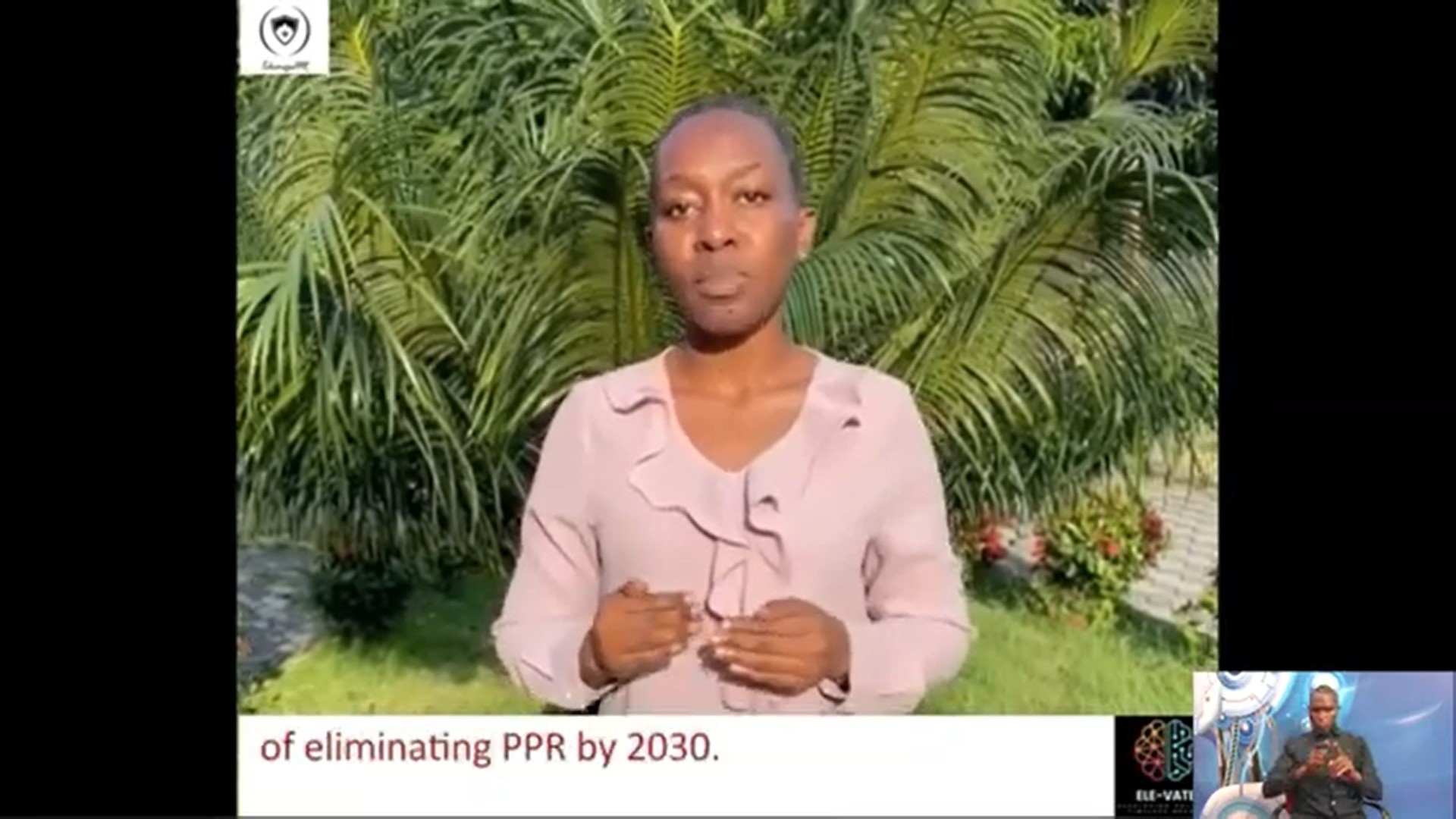
The project, led by Dr. Devotha Nyambo Neema Mduma, PhD, Ramadhani Sinde, and Nguse Ngulumbi, was recognized as the best project from Tanzania and the overall best project in Agriculture.
With mortality rates for PPR reaching as high as 90%, the disease poses a significant threat to livestock populations in Tanzania and across Africa.
The Department of Veterinary Services, under the Ministry of Livestock and Fisheries, is working towards a global goal of eliminating PPR by 2030.
Sign Language To Text AI
Two young women from South Africa identified communication challenges between deaf and hearing people and developed a system to bridge that gap.

Their innovation, which detects sign language, aims to make communication smoother and more inclusive, opening doors for better interaction between the deaf and hearing communities.
The Cerebro Project
Pierre Sedi, developed brain-controlled robotic helpers which offer a potential solution for those who have lost limb function. Sedi’s prototype, which harnesses brain activity to operate a four-wheeled toy, demonstrates the feasibility of this technology.
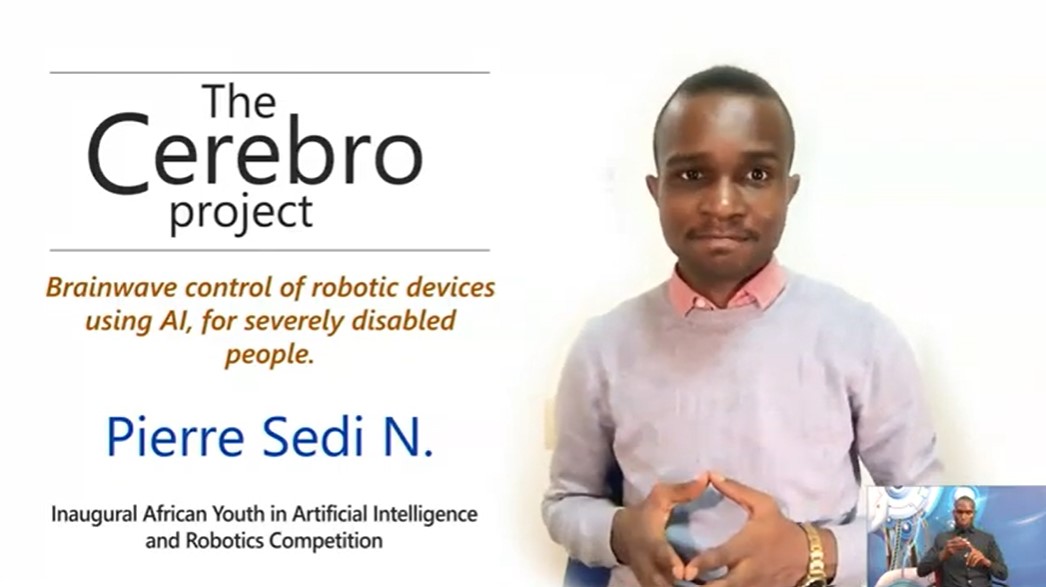
With the DRC’s staggering 13 million people living with disabilities, many of whom are victims of war, accidents, or neurological conditions, Sedi’s work holds immense promise for improving the quality of life for countless Congolese citizens.






